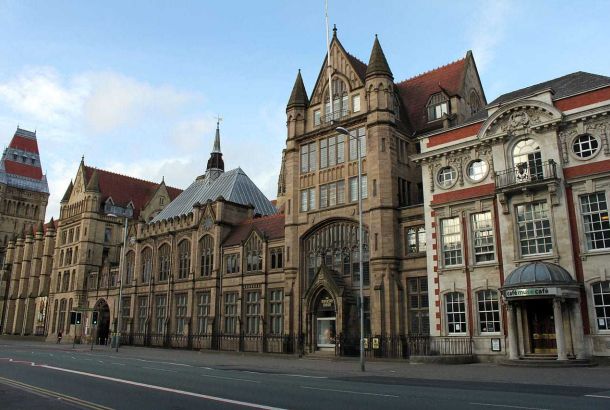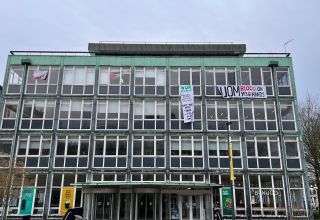Scientists reveal ‘magic carpet’
By Mancunion
University of Manchester scientists unveiled a ‘magic carpet’ that can detect when people fall and help predict mobility problems.
The ‘magic’ is in plastic optical fibres embedded in the carpet that bend when stepped on and can learn walking patterns.
The carpet was revealed at the Photon12 conference in Durham, on 4 September.
The researchers, led by Dr Patricia Scully from The University of Manchester’s Photon Science Institute, believe the magic carpet could be vital for helping people in the immediate aftermath of a fall and in identifying subtle changes in people’s walking habits which might not be spotted by a family member or carer.
“The carpet can gather a wide range of information about a person’s condition, from biomechanical to chemical sensing of body fluids, enabling holistic sensing to provide an environment that detects and responds to changes in patient condition,” said Dr Scully.
Electronics at the edges of the carpet relay signals to a computer, which can show deterioration in walking habits or detect a sudden incident such as a fall.
The optical fibres in the carpet are the same used to beam high-speed broadband around the country, in which light travels along the fibres.
Developers carved grooves along the fibres, making the travelling light less efficient at the point of contact, allowing for the detection of movement.
The researchers see its main use in care homes and hospital wards, as well as in people’s homes.
Up to 40% of community dwelling older people fall each year and it is the most serious and frequent accident in homes, accounting for half of all hospital admissions of over 65s.
Professor Chris Todd, member of the team said, “Falls are a really important problem for our ageing society. More than a third of older people fall each year, and in nursing and residential homes it is much more common than that.
“Being able to identify changes in people’s walking patterns and gait in the natural environment, such as in a corridor in a nursing home, could really help us identity problems earlier on.”
Dr Scully added the implications are wider than the obvious healthcare benefits, “It allows older people to keep independent in their own homes and could be cost-saving to the Government.”
Physiotherapists could also use the carpet to map changes and improvements in a person’s gait.
The team has estimated an early wholesale cost in the region of tens of pounds per square metre.
Age UK and the Central Manchester Falls Team have expressed an interest in the product.







